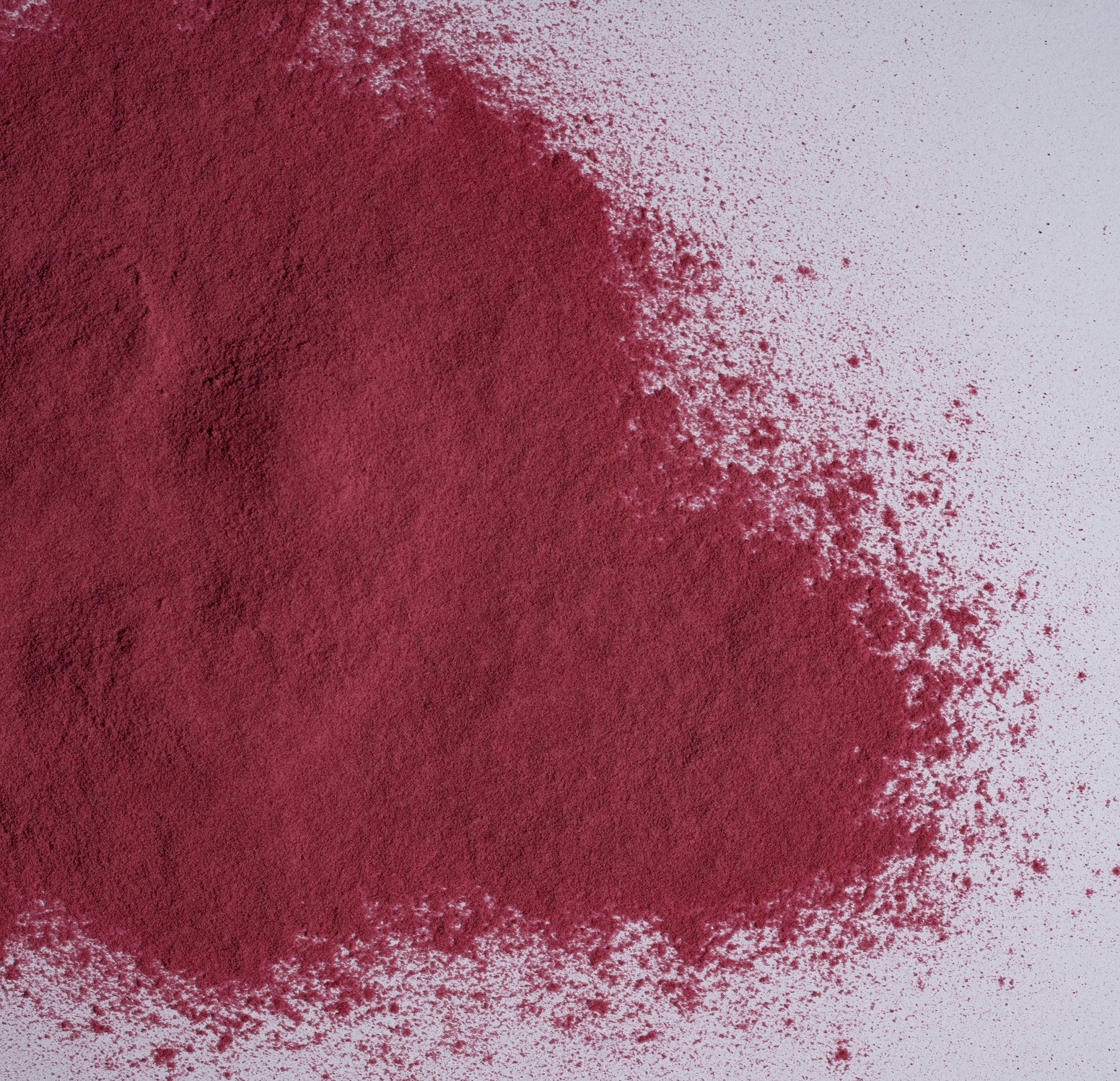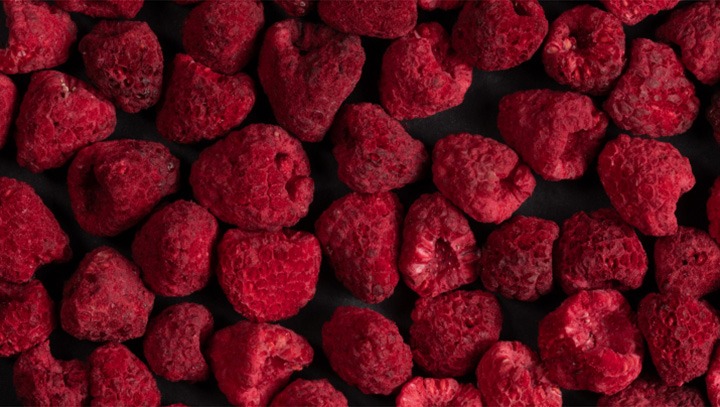
Spray drying is a process used to transform a liquid or slurry into dry powder or granules. It involves spraying the liquid material into a hot air stream, causing rapid evaporation of the liquid, leaving the dried particles in the form of free-flowing powder, the particle size is below 250 microns.
The powder can be agglomerated into 2-3 mm granules on a fluidized bed which makes the handling of the product easier and extends range of potential applications.
Spray drying offers several advantages in various industries and applications. Here are some of the key advantages of spray drying and explanations to common mistakes about this technology.
Spray Drying is our alternative solution for products in liquid form. It is relatively versatile and allows to produce of powders fully soluble in water. The process can be explained in the following steps:
The liquid feed is pumped into an atomizer. The atomizer breaks the liquid into small droplets which enters a drying chamber. This step aims to increase the surface area of the liquid, promoting efficient drying.
As the droplets enter the drying chamber, they are immediately exposed to the hot air. The heat rapidly evaporates the liquid component of the droplets, leaving behind solid particles or powder. The evaporated moisture is carried away by the hot air. The dried particles or powder are separated from the hot air using a cyclone separator or other collection devices.
After collection, the dried particles undergo post-treatment steps: cooling, sieving, or if necessary agglomeration, to achieve the desired particle size and quality.
